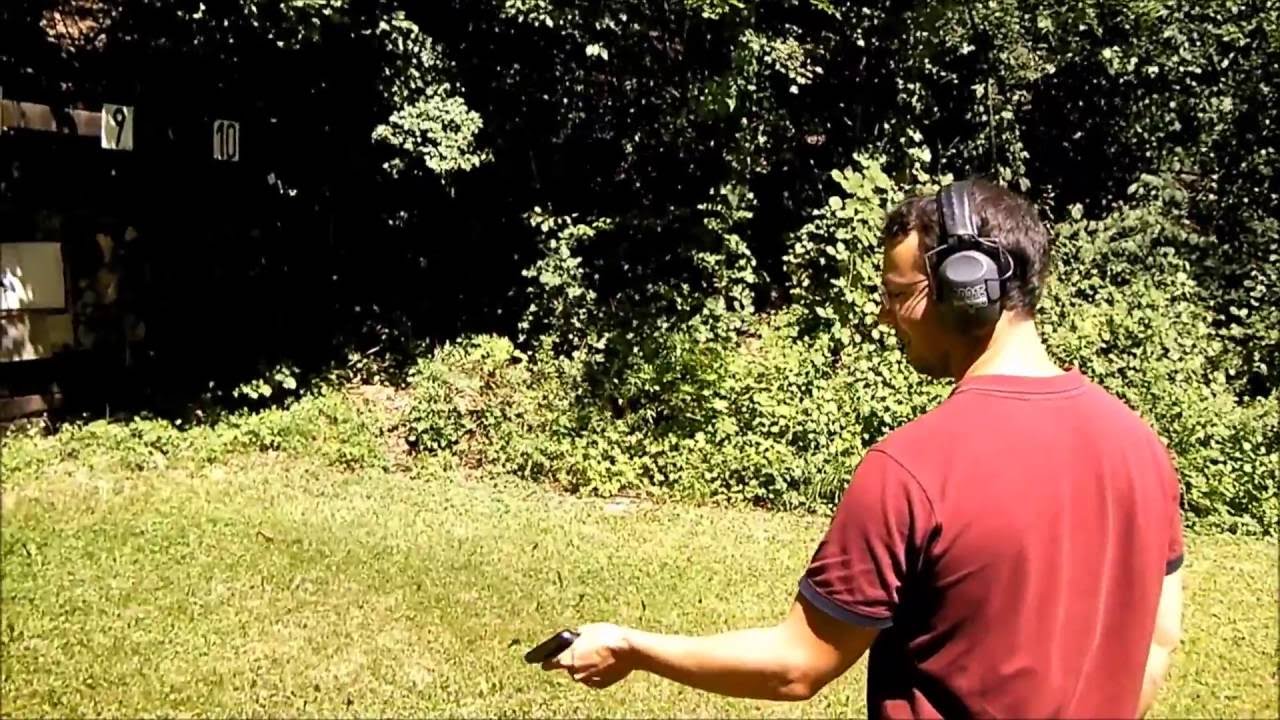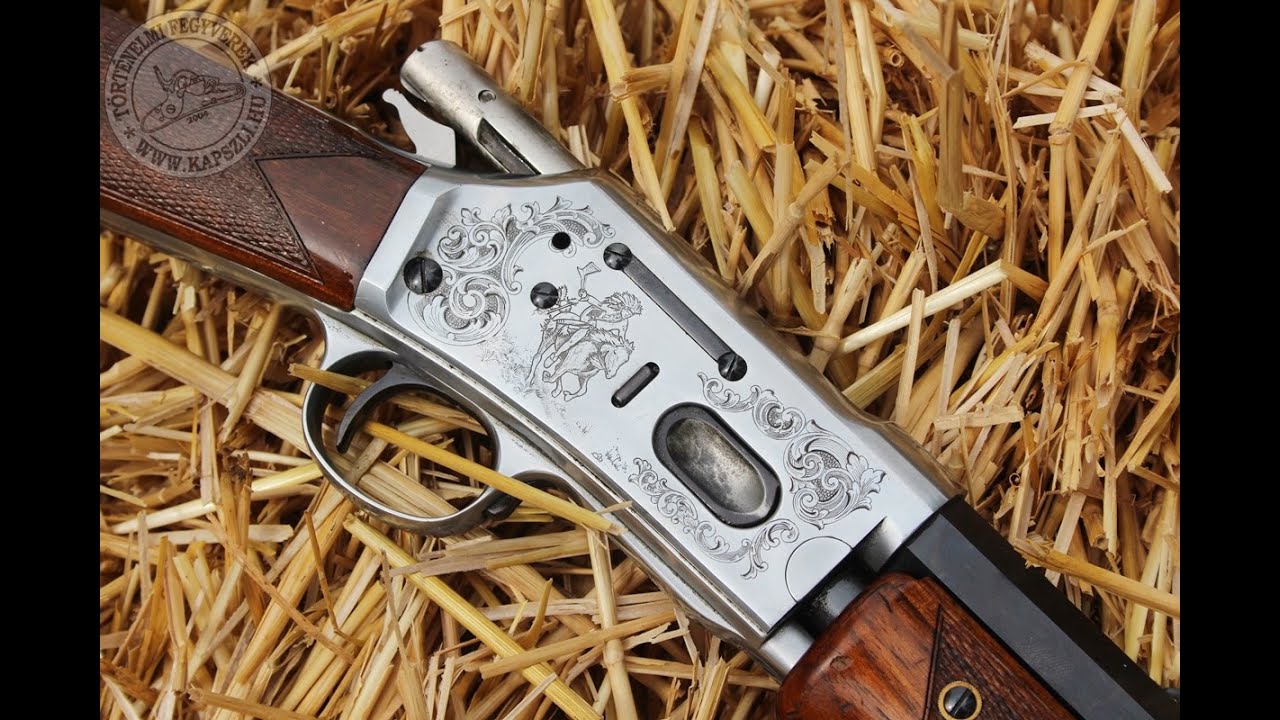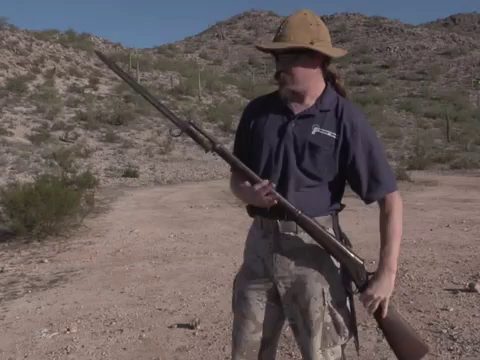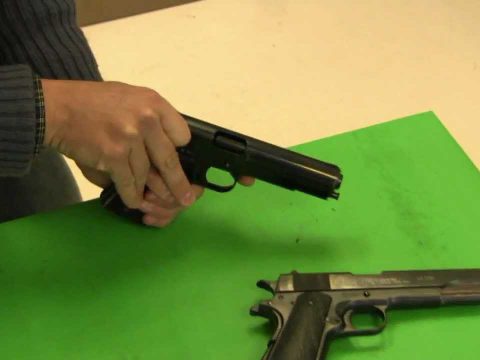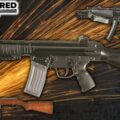http://www.patreon.com/ForgottenWeapons
The Japanese military was interested in finding a new self-loading rifle to adopt in the 1930s. The development project began with a request to retired General Kijiro Nambu who designed a gas-operate,d rotating bolt rifle but could not bring it up to the standards demanded by the military and opted to abandon the project in favor of a new light machine gun (which would become the Type 96 Nambu). Two major commercial firms entered the fray, Nippon Special Steel with a gas-operated and toggle-locked rifle and Tokyo Gas & Electric with a copy of the Czech ZH29 rifle. In 1933 the Army itself decided to jump in as well, developing a delayed blowback Pedersen copy at the Koishikawa Arsenal.
The Army rifle was pretty good, but apparently never overcame extraction problems which would appear when the rifle became hot from sustained fire. When John Pedersen had demonstrated his rifle in Japan, it seems he did not mention the necessity for lubricated ammunition and this trick was not figured out by Koishikawa personnel. The Army liked the mechanical simplicity of the delayed blowback system (which required no gas ports, pistons, tubes, or anything else), and opted to fit the rifles with 10-round rotary magazines.
After the final set of trials in 1937, the whole semiautomatic rifle program was dropped, as the escalating war in China shifted priorities to producing a large number of less expensive and readily available Arisaka bolt actions.

At Forgotten Weapons I think the most interesting guns out there are the most obscure ones. I try to search out experimental and prototype weapons and show you how they work, in addition to more conventional guns that you may not have heard of before. You’re much more likely to find a video on the Cei Rigotti or Webley-Fosbery here than an AR or Glock. So, do you want to learn about something new today? Then stick around!
